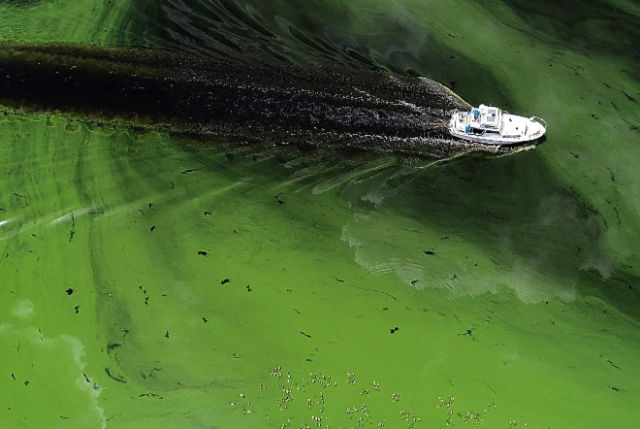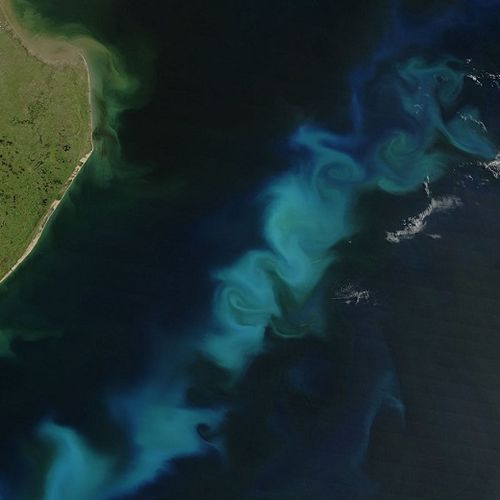
| Added | Thu, 16/09/2021 |
| Источники | |
| Дата публикации | Thu, 16/09/2021
|
| Версии |
Scientists from Duke University in the United States have found that the forest fires that raged in Australia in 2019-2020 caused a massive algal bloom in the Southern Ocean. The area of flowering was so huge that it exceeded the size of Australia, reports Science Alert.
Researchers have estimated that forest fires in Australia released about 715 million tons of carbon dioxide into the atmosphere. Clouds of smoke and ash were transported thousands of kilometers downwind to the east of the continent, causing a violent reaction of marine flora and fauna.
Small aerosol particles of iron fertilized the water with nutrients, which caused algae blooms on an unprecedented scale. Pyrogenic aerosols occur when burning trees and shrubs, their particles are so light that they can stay in the air for months and be transported over long distances.
The algal blooms were so intense and extensive that the photosynthetic process could partially compensate for a huge part of the carbon emissions from fires.
Now large forest fires are burning in the western part of the United States, in the Amazon basin, in Siberia and the Mediterranean.
The discovery confirmed the theory that forest fires stimulate the growth of phytoplankton, which absorbs a large amount of CO2 from the Earth's atmosphere through photosynthesis and is the basis of the food chain in the oceans.
© NBC News
Новости со схожими версиями
Log in or register to post comments









